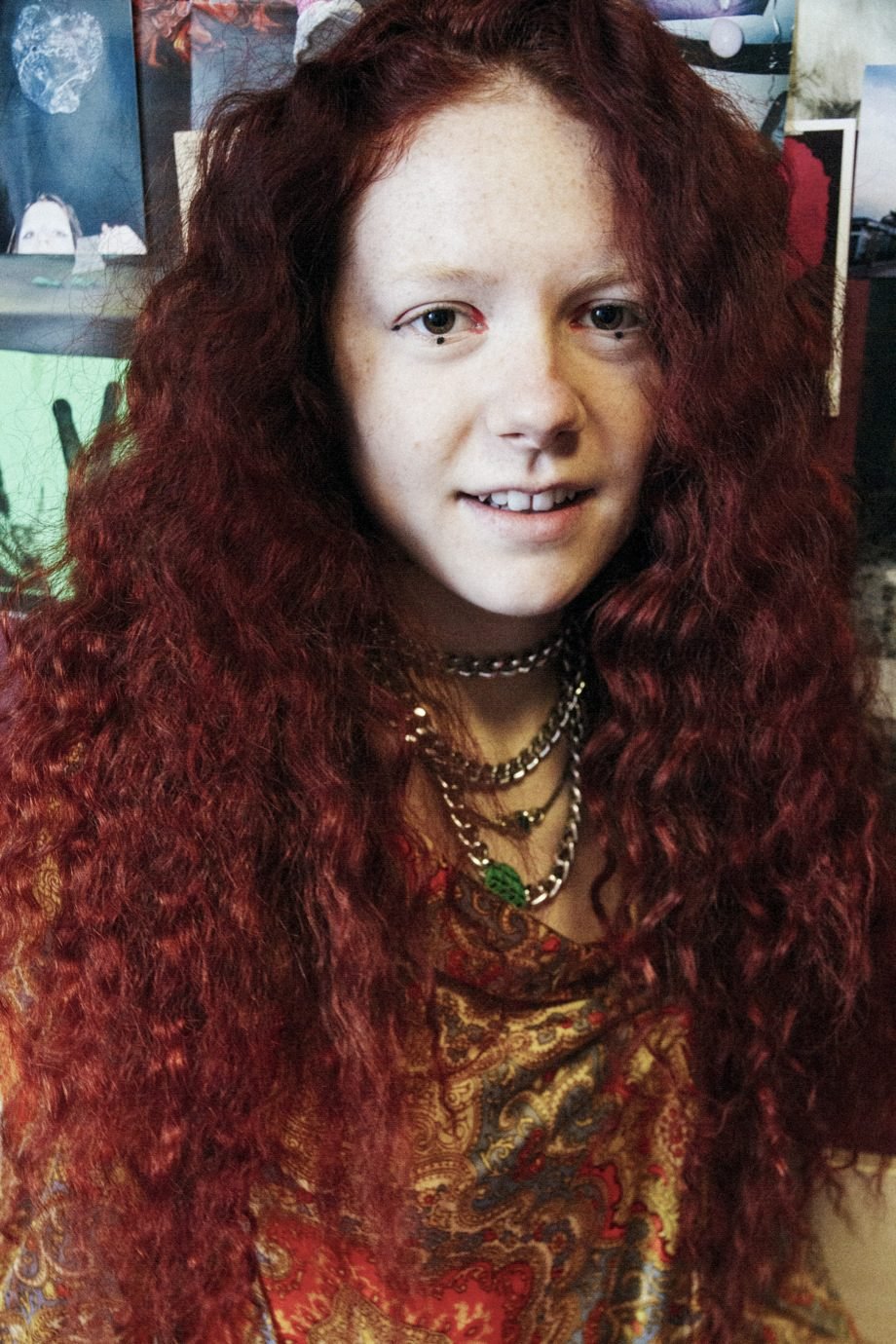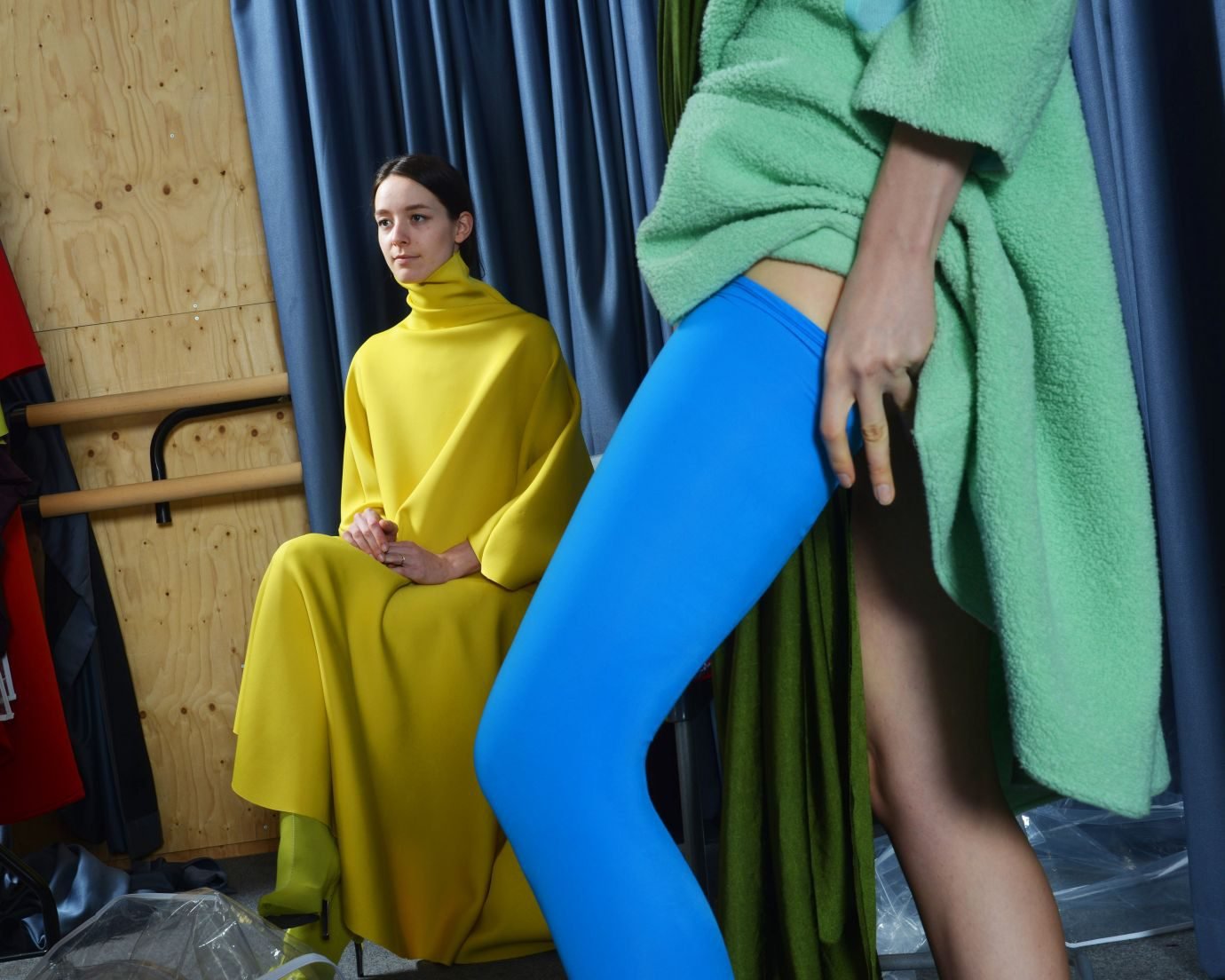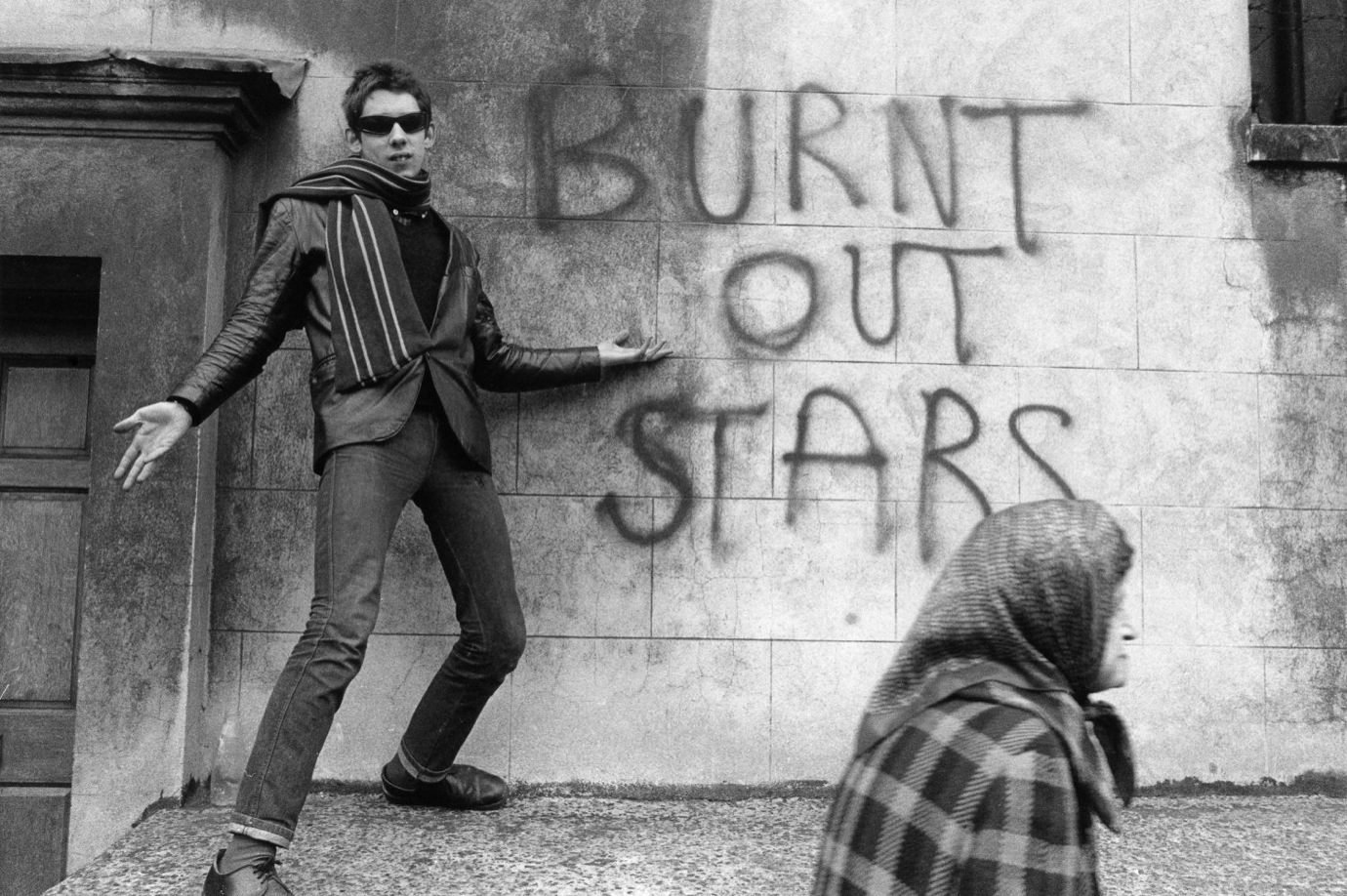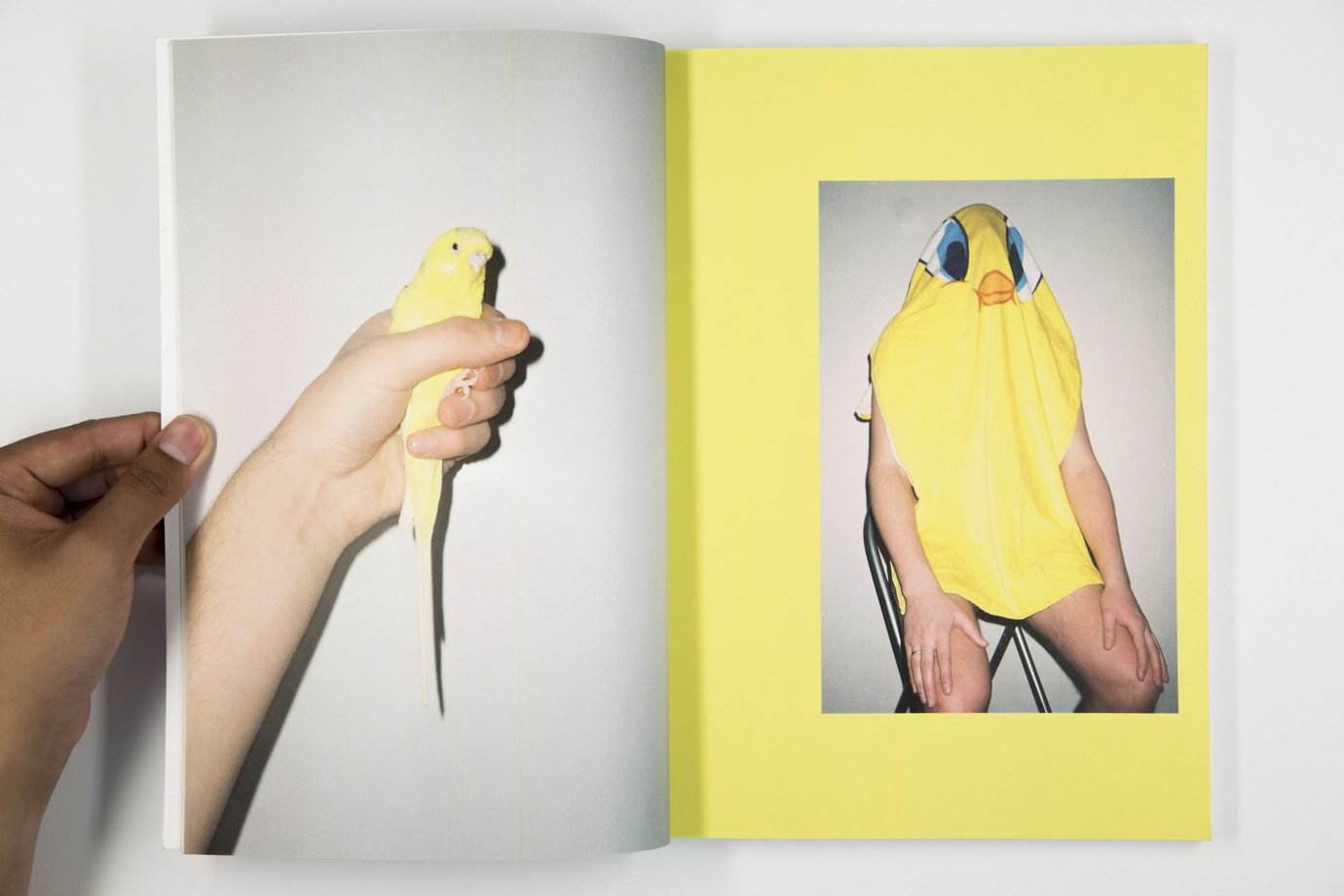There’s very little space left today for people to be an industry’s ‘best kept secret’. Phoebe Philo once said that the chicest thing is when you don’t exist on Google. Kim Sion appears in the search engine, but scarcely, and the amount of information is very little for somebody who started one of the industry’s greatest talent agencies. Yet when talking to those deeply embedded in the fabric of fashion, Sion’s name keeps popping up. As the founder of Smile Management, she represented and was the agent of Ellen von Unwerth, Mario Testino, Steven Klein, Glen Luchford, Mario Sorrenti, Mert and Marcus, Joe McKenna, Katie England, Alister Mackie, Isabella Blow, Nigel Shafran, Sam McKnight, Edward Enninful, Venetia Scott, and Susanne Deeken among others.
This article originally appeared in 1 Granary Issue 5
Kim began her empire thirty years ago by chance, at the age of twenty-four. A friend of her mother, Keith Wainwright, happened to own a hair salon, Smile, which attained legendary status as it was frequented by the likes of David Bowie and Bryan Ferry. One day, the receptionist fell ill, and Kim was invited to replace her for two weeks. While at the hairdressers, Kim realised she got quite the hang of doing bookings, and suggested to Keith they’d start a hairdresser’s agency. At the time, there weren’t really any agents around, apart from Camilla Lowther: most photographers agents were “in-house.” Keith suggested: “Why don’t you ring up my friend Joe McKenna?” Uncannily, she had just met Joe a couple of days prior, when they were doing a shoot together with Comme des Garçons clothes (Kim used to model). From there, it snowballed.
One thing Kim had always promised herself was that no matter how big the company got, she’d stop it at the age of forty. And so she did; the agency’s curtain closed fourteen years ago, so she could spend more time with her daughter Marley. Since then, Kim has worked predominantly as a consultant, art director, and personal agent of David Sims.
The world of magazines that we find ourselves in relies by far and large on unique, talented photographers – those that Kim closely worked with. In an industry that likes to talk about designers until the cows come home, it is time to open a discussion about the photographer’s longevity; how they deal with the pressure, speed, and accelerated desire for content in an insatiable world that never sleeps.
“Either you want to be a photographer to make money, or you want to pursue a long career in photography.”
Earlier today, I spoke with a photographer about meeting you. He was very keen to ask you the following question: “In this time, should a professional photographer be aiming to do more and more to stay ahead of the pack, or be retreating to do less and make what they do more unique and refined?”
Photographers get pulled into feeling like they have to do more and more to keep up. I feel like that’s a real pressure, but to me: less is more. The minute you try to do what you think you should do to stay in the industry, you lose your way. The photographers that stayed true to what they believe – without compromise – are the ones that will be remembered.
Many young photographers are afraid to turn down jobs from magazines or people they want to work with. They fear not being commissioned by the creative director any longer.
That is about being brave and standing up for what you believe in. I believe that Juergen Teller is one really good example to young people: an example of managing your career in a great way. Money obviously plays such a big part in this. Either you want to be a photographer to make money, or you want to pursue a long career in photography. To me, it’s better to be true to yourself and have longevity – which can lead to print sales and exhibitions later on.
I think that photographers should be encouraged to say no more often. There’s a great pressure to take jobs, which results in the photographers being overworked and stressed.
Then how can you be creative? How can you see clearly when you go from one job to another? When I had Smile we used to turn down as many jobs as we took on. Otherwise, you go from one job to another without any time to think about it, to look at the clothes, to be inspired. Then you just burn out, and the pictures will suffer.
Photographers now worry that the aesthetic level of companies is decreasing. In rare places it’s going up, but not if you take the general visual that brands want to achieve.
In the past it was about the image and the perception of that brand through the image. Now it’s all about product, and getting as much product in as possible. It’s like when Glen [Luchford] shot those iconic images for Prada: Amber Valletta lying in a boat, they were really dark – you could just about see the clothes, but only just! But it had a feel and a story behind it – that doesn’t seem to be what people want now. People want to show some bag, a shoe – so the product is what it’s all about. It’s very difficult to be free creatively when you’ve got to stick ten handbags in a shoot, and you can’t have a girl sitting down because you have to show what shoes she’s wearing. The other thing is that there is so much content required now, whereas before you’d shoot four or five shots a day. Now it’s up to twenty shots a day – to cover all the different content requirements.
“How can you see clearly when you go from one job to another? When I had Smile we used to turn down as many jobs as we took on.”
Digital has been interesting in how the image is valued. When you think of it, you’ll reach many more people online, yet everybody wants to shoot for print.
When the Internet started, it was such a tiny thing. I remember when people were asked if they could have usage for the Internet, and I would just throw it in. But now a lot of clients have said to me: “We’re not paying that amount, because it’s only for the Internet.” And I say: “Well, the Internet is much bigger than print usage ever was.” The problem lies in the way content is handled. A photographer used to shoot a campaign, and those images were spread over such a long period of time. It would be a surprise when you opened a magazine and saw the next image. Now a campaign is shot and every image is posted on Instagram and online. There is no surprise: one day it’s there, and then the next day over. It’s all too quick. The amount of work that it has taken to get to those images can be months, it saddens me. It’s not about the value of the photography anymore. That’s why I’ve decided to breakaway from it, and work in photography in another way. A way that honours and respects it. Because the quality of work is bound to diminish as the demand for content continues to grow.
Do you think there’s a way to go back?
No, I don’t think so. For a minute I thought there possibly could be.
I know that Tyrone Lebon cut down a lot on the projects he is doing.
Tyrone is someone who is true to what he believes in. He says yes to very few things – but there are no rules: if you feel strong and confident enough to only do what you want to do, with no compromise for money, that’s great – but it’s a big decision: everyone has to live and has bills to pay.
One thing that’s quite hard to comprehend is when photographers pay for editorials that they do; putting in 15k of their own money.
In most cases they do get a budget which varies depending on the publication. Photographers often put their own money into it to achieve their vision. That is their choice. Budgets are being cut so it is becoming necessary to self-subsidise; therefore photographers have to choose which publications are important to them.
“The quality of work is bound to diminish as the demand for content continues to grow.”
How much input do you have when you work with photographers?
I would only work with somebody that trusted my judgement, otherwise it’s not a good partnership. I’ve been very lucky working with such incredible talents that I felt had that trust; whom have asked me about edits or images, whether I feel something is good or bad. That’s also why I can only work with people who I am truly inspired by, otherwise it can feel a little soulless to me.
Is there a specific way in which you help to develop a photographer’s career?
It’s a lot about guidance and working really closely with the photographer. It’s like being a manager to someone. You guide them on their way, and there’s a lot of trust between you. It’s about letting them do jobs that are right for them, and working with people that are complementary to them, and knowing that through instinct. You can see it in somebody’s pictures if it’s going to work or not. It’s about putting the right teams together. That is part of an agent’s job: to know what combinations are going to work, and how you’re going to get beautiful images. It’s all about the team. Try to find a route that you can guide that photographer along, and on that journey connect him or her with the right people that are going to add to their creativity.
Do you also critique their work, in order to push it forward?
I have always been very honest with the talent I have worked with. To me, that’s integral.
“If I look at a photograph and know who shot it without checking the credit, that’s a successful photographer to me.”
An agent told one of my friends who’s a photographer: “We didn’t find your girl yet.” What exactly do they mean by that?
I think that’s really a way of saying: “We don’t understand your viewpoint yet,” or the context of the images. What girl do you want to shoot? Is it a ‘natural’ girl, a ‘made up’ girl, a ‘sexy’ girl, a ‘character’ girl? What they’re saying is, “we don’t know what direction you’re going in.”
Is it important for a photographer to have a very grounded direction?
If I look at a photograph and know who shot it without checking the credit, that’s a successful photographer to me. There has to be a continuity.
But then with David Sims, it feels like he has a few different styles.
David is a technical master, a visionary, and yes: he does have a few styles – but they’re all very David Sims. I think it’s a language, it’s not a style, rather a feeling. He evokes an emotion. The photographers that I’m inspired by, I can see very clearly that they have a specific vision. I suppose it’s an ‘eye’. It’s things seen through someone’s eye – what they see and how they perceive it. To me all the successful photographers have a vision that is consistent. It’s like a signature. It’s the way they look at the world.
“A photographer’s career should involve creating images that can inspire, images you never get bored of looking at.”
You mentioned that print is obsolete, but how do you generally look at print magazines at the moment?
I love the whole technique of shooting on film, printing it and not using digital. Unfortunately these days there’s just not the time, because the demands are so high. Some photographers persevere: Jamie Hawkesworth still shoots on film.
Everybody we work with shoots on film, which surprised us.
Well, that’s great! But I think clients more and more find it frustrating if they can’t get things straightaway. For me that’s part of the process: waiting and seeing. To me that’s what photography is. Having lived through that era of images coming in from jobs and looking at somebody retouching, scraping away on the black and white print for hours on end – that’s what it was like when I first started – and it’s such a beautiful, tactile, delicate, respectable process for the photographer. But I suppose I have to accept the new way…
In the old days you read how influential some of the magazines were. Do you think they are still influential, and what is the role of the magazine in general?
It’s still a place where photographers can express themselves. It’s still a platform for them to do their work without too many restrictions. For that, it is important.
Something that nearly every photographer asked me, is how they can prolong their career. They now feel that in 2-3 years a style passed and it’s about something new.
You mean ‘flavour of the month’? All this goes back to what we were saying in the beginning. If you are a photographer in the fashion industry loving what you are doing, staying true to yourself and you are guided in the right way, then you get longevity. A photographer’s career should involve creating images that can inspire, images you never get bored of looking at. When I see a beautiful print I want to own it and live with it. You want a Helmut Newton picture on your wall. An Irving Penn, or Richard Avedon. Work that goes beyond being solely for the purposes of commerce. You have to think bigger than that. Work towards the dream.









